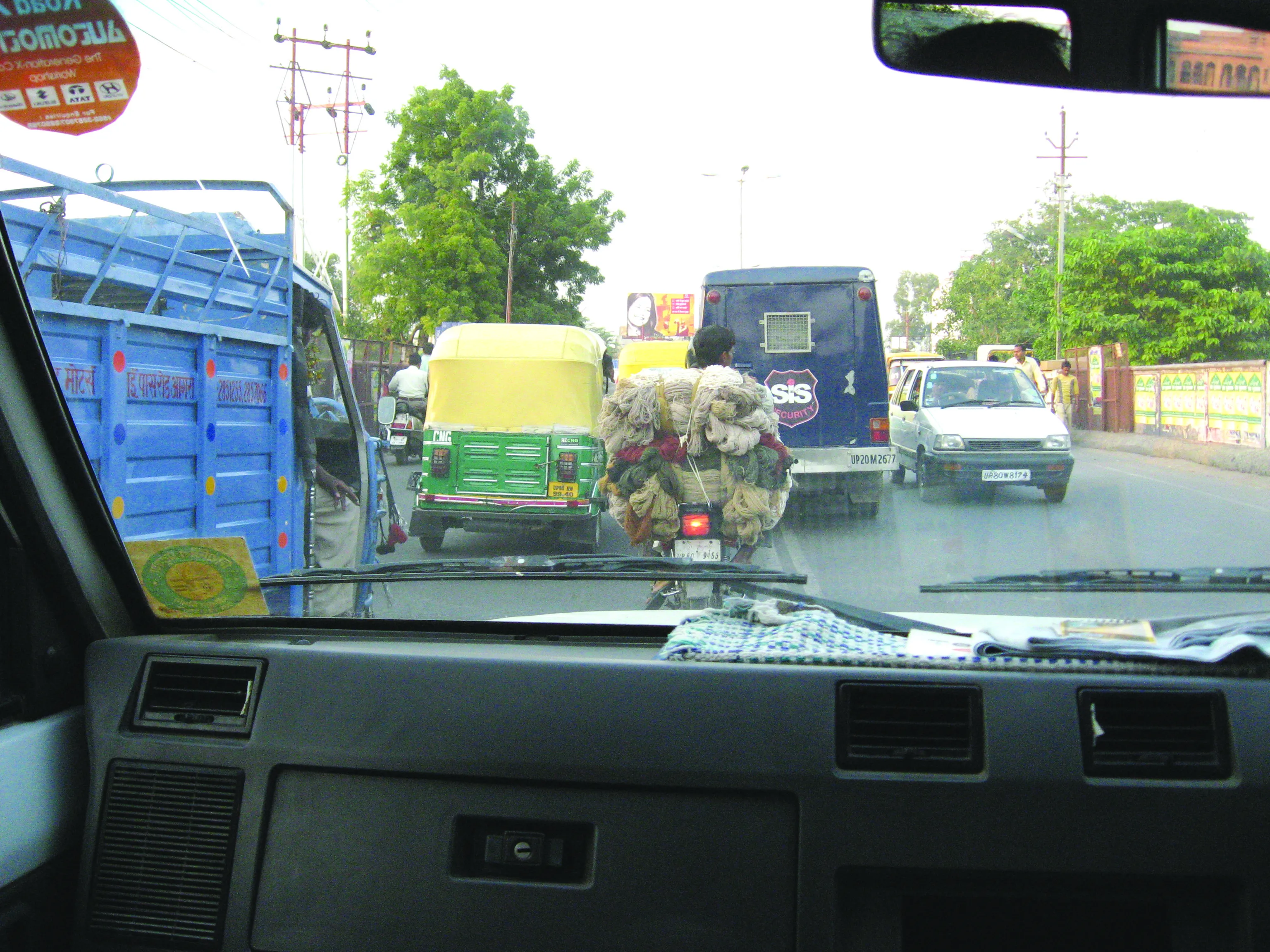Road users need to be wary of high accident risks - photo supplied by World Highways reader Helen Marais
March 14, 2012
Read time: 1 min
Road users need to be wary of high accident risks - photo supplied by World Highways reader Helen Marais.






